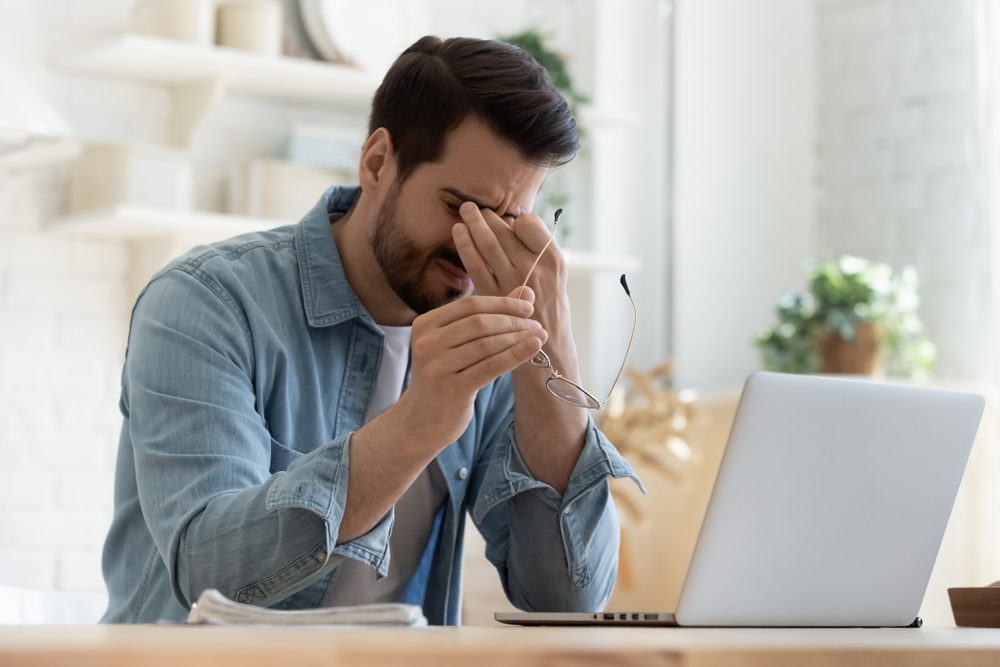How to clean your ears without damaging them

Many of us have been guilty of reaching for the cotton buds in moments of ear-cleaning desperation – but did you know that they can actually be severely damaging?
Despite this, lots of people still like to maintain a level of cleanliness when it comes to their ear canals. This is why Katie Ogden, Audiologist and Training Manager of ReSound North-West Europe has selected the ultimate foolproof tips and tricks to not only keep your ears squeaky clean but safe too.
First of all, why are cotton buds so harmful?
Katie Ogden shared her insight:
“While people feel that cotton ear buds and swabs are cleaning out their ears, they can actually have the opposite effect and end up pushing wax and debris further into the ear canal. This causes the wax to become impacted, which can cause hearing loss and general discomfort.
“Despite many people favouring cotton buds to clean their ears, there is actually nothing that can be done to prevent ear wax from appearing. Wax is naturally produced by your body and works to protect more fragile parts of your outer ear. The complete removal of this would be dangerous and harmful.
“Another thing that can happen while using cotton buds to clean your ears is an ear infection. There is no way to truly ensure that the cotton buds (or anything at home) that you put in your ears have been sterilised, which could mean that you are unintentionally allowing bacteria to settle there.
“However, it is not just cotton buds that are the culprits – you should, ideally, not insert any kind of object into your ear to clean in. This includes tweezers, as these can also very easily puncture the ear drum or scratch the inner canal.”
Why do we have ear wax in the first place?
“Ear wax is actually known as cerumen, and is mainly made up of a fluid produced by the glands in your ear canal that works to clean away any harmful debris and bacteria. As well as this, it helps to stop the skin in your ear canal from becoming dry and flaky, while the waxy texture creates an off-putting environment for germs. Essentially, it is a crucial element of your outer ear and, as much as we would like it all to be gone sometimes, it does a lot more good than harm.”
Is there any way to safely clean my ears?
“Thankfully, one effective way to clean wax out of your ears is to make an appointment with a hearing care professional (HCP) as they will guide you on what drops are most suitable for your own wax build up. These will usually make the wax softer and more malleable and work best if you lie down with your ear pointing towards the ceiling.
“If there are any remaining, trickier pieces of wax left in your ear after using ear drops, your HCP may deem it necessary to choose a different clinical method of wax removal.
How is ear wax usually regulated?
“It might sound strange, but any kind of jaw movement helps to keep too much ear wax at bay. For example, the simple act of chewing helps to avoid too much wax building up in your ear canals, which is helped by the skin inside your ear also constantly growing. This means that, eventually, the wax will reach your ear hole and fall off, causing you no harm.
“It is also a good idea to keep an eye on the colour of your ear wax, if you are prone to build-ups of it. Usually, ear wax that is older and harder will be darker, while the more liquified, newer wax will be lighter.
“However, if you start to see that there is blood or specks of red in your ear wax, this should be a cause for concern. If this happens, you should make an appointment with your GP. It is always good to stay on top of your ear health and hearing, so why not try the free online hearing test on the ReSound website today?”






